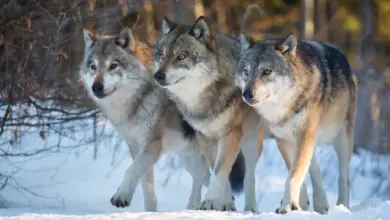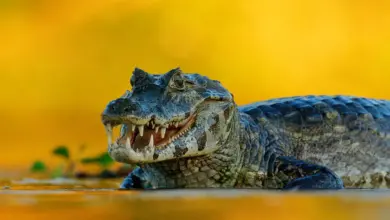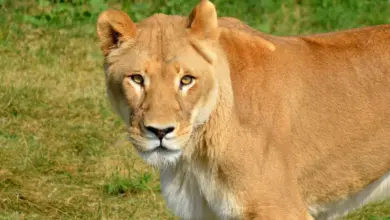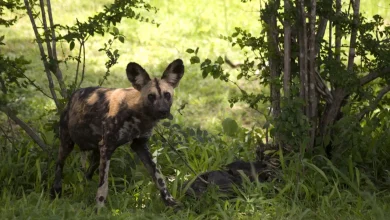What Eats Bears?
What Eats Bears? What Do Bears Eat?
As apex predators sitting atop food chains, bears are icons of wilderness domains across North America, Europe, and Asia. Their immense size and power cause them to be feared by almost all other animals.
Yet even these robust carnivores and omnivores cannot rest easy at the peak of trophic hierarchies. The question of what eats bears still very much applies despite their formidable reputations.
Ever since tiny weasel-like mammals evolved into massive ursine beasts over 25 million years ago during the Oligocene Epoch and Pliocene Age, bears have played integral roles in shaping forest, taiga, and tundra ecosystems.
As the largest terrestrial mammals in some areas, they influence both flora and fauna through activities like catching salmon, spreading berry seeds, and even transporting nutrients in their scat. And they compete fiercely to maintain territories.
In this article, we will examine natural bear predators across geographic zones and habitats. What eats grizzly bears may differ greatly from that threatening Asian black bears or sun bears on separate continents.
Threat profiles illuminate dietary relationships with species like wolves, big cats, crocodilians, raptors, and even snakes or other bears. Iterator, through these dynamic mortal struggles, teaches about fragility, even amid brute force.
Wolves
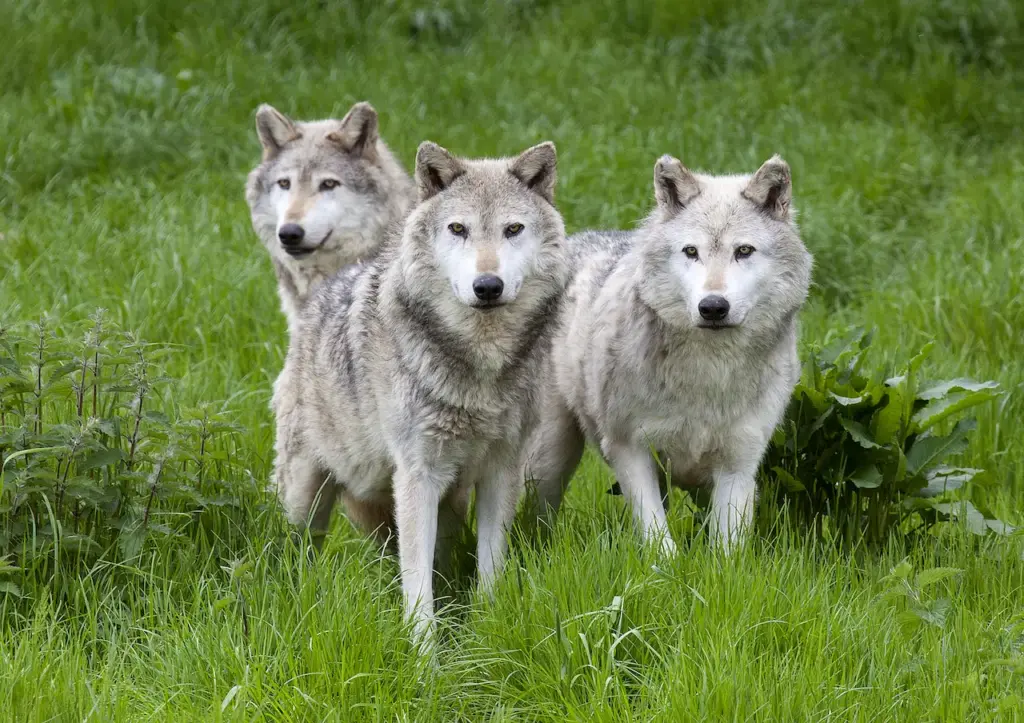
The primary wild predator of bears across the Northern Hemisphere is undoubtedly the grey wolf. As effective pack hunters with strength and stamina, wolves can take down vulnerable black bear cubs when the opportunity arises, typically in spring.
Research in places like Minnesota has verified that wolves account for up to 44% of black bear cub deaths in monitored habitat zones.
Wolf packs may also attack single adult black bears when desperate, which is displayed during winter famines. There is some evidence of wolves preying on brown bear cubs very sporadically across Alaska and western Canada.
Yet because adult brown bears can attain up to 1,700 pounds, attacks are very rare due to the extreme risk of injury to the wolves. Overall, wolves mainly seek isolated black bear cubs during early summer and pose little threat to mature bears.
Tigers
In the Russian Far East and parts of Southeast Asia, Amur tigers and Indochinese tigers respectively, prey on brown bears and Asian black bears with some frequency.
As solitary hunters, tigers can leverage advantages in agility and biting power to overcome even larger ursine competitors for territory disputes or food.
Most conflicts arise during the spring breeding season when bears emerge hungry from hibernation. Tigers may track and ambush bears to avoid confrontation when possible. However, long battles occasionally erupt, sometimes to the death of either species.
In this manner, the two apex predators continually compete as China’s and Russia’s most dangerous carnivores. Neither males nor females of either species are safe from the other as both defend their hunting domains with tenacity.
But it is worth noting that outside of mothers defending cubs, most tigers will usually only attack Asiatic black bears and sun bears for subsistence rather than brown bears due to substantial personal risk.
Siberian tiger predation still regulates bear populations but works in conjunction with hunting restraints to prevent overpopulation and starvation during times of scarcity.
Crocodiles
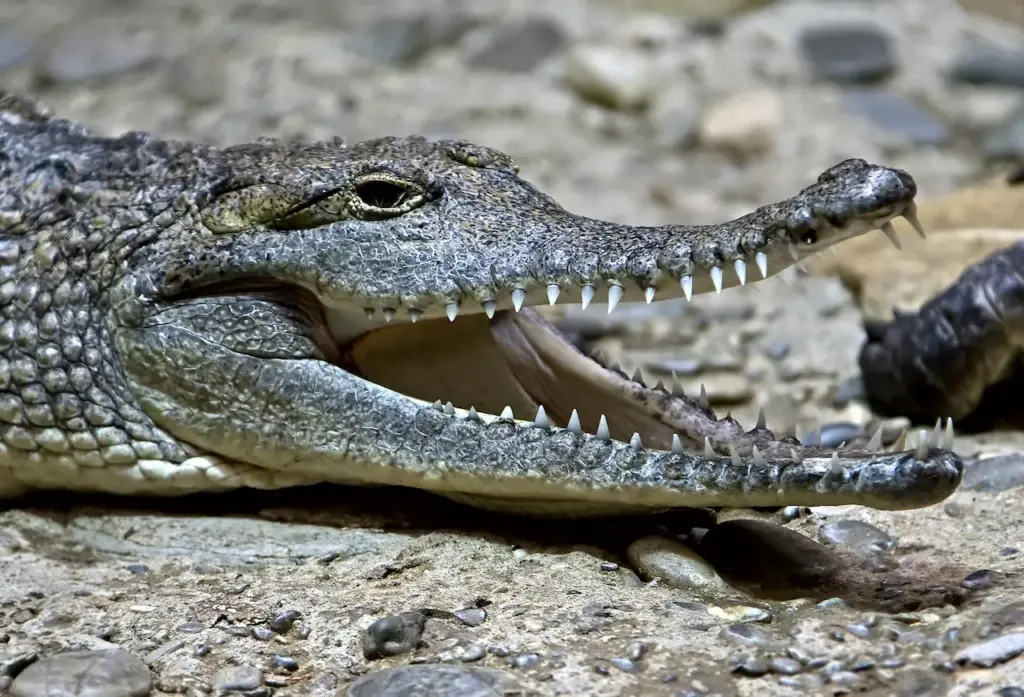
The immense saltwater crocodile of Indo-Pacific regions like northern Australia and Southeast Asia is the dominant predator of Asian black bears where habitats overlap in ecosystems like Sundarbans mangrove forests or inland freshwater rivers.
These crocodiles may reach up to 2,000 pounds and over 20 feet long. Such proportions give saltwater crocodiles the power to attack mature bears wading into waterways amid territorial displays or fishing for crabs.
Crocodiles can surprise bears by explosively ambushing them from the water, then subduing them through brute strength and death rolls. Their thick, scaly hides provide defense from bear claw strikes, allowing them to dominate fights.
Evidence suggests orangutans and sun bears are more frequent prey targets for saltwater crocodiles, though, due to easier accessibility.
However, researchers have verified fatal attacks on mature Asian black bears through crocodile tooth markings on recovered remains and other clues. Beyond Asia, Nile crocodiles also reportedly hunt black bears in Russia’s Siberian region with the advantage of aquatic surprise.
Snow Leopards
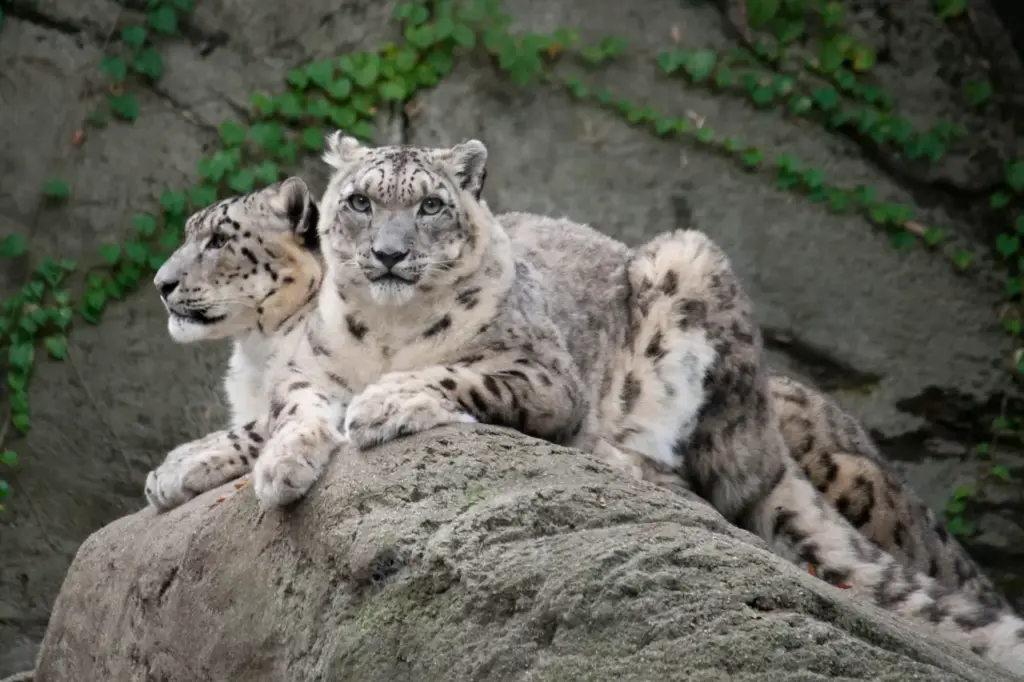
Central Asia’s snow leopard ranks among the most elusive big cats. Occupying an alpine habitat zone above 12,000 feet in remote mountain ranges, these cats subsist primarily on wild sheep and goats.
But Himalayan brown bears also clash with snow leopards in contests over food and territorial rights. The cats may successfully hunt bear cubs when encountered.
Snow leopards weigh up to 120 pounds, meaning even a single adult brown bear over 11 times heavier could easily kill one. Yet snow leopards utilize rocky slopes and cliffs to launch ambushes onto unsuspecting bears from above.
Their long tails give excellent balance and agility to leap down 15 feet onto bear prey. Then, they bite through the skull or neck vertebrae for a quick kill.
While maternal brown bears defend cubs ferociously, snow leopards often escape unharmed after snatching lone cubs into the rocky terrain. Their elusive nature and habitat mastery give them an edge, expanding food options to include brawling bears.
Great Horned Owls
Most predators that eat bears hunt smaller cubs or focus attacks on temporary vulnerable points like the neck. But the heavy talons and crushing grip of large raptors like great horned owls present another aerial threat primarily to small cubs.
These powerful owls weigh up to 6 pounds, and their claws can generate 500 psi of pressure per square inch.
Documented cases have surfaced of great horned owls attacking black bear cubs under 15 pounds in North America, highlighting the savage technique owls can employ as carnivores.
Swooping down from treetops, they score direct hits with their back talons, then carry prey using wing momentum to lift off. Though rare interactions, the scenarios illustrate what eats bears spans not just formidable apex predators but also deception ambush hunters like owls.
Additional Threats
While the predators detailed above are the primary animals known to actively hunt and kill bears, there are a few other species potentially capable of preying on small or vulnerable bears situationally.
Large pythons like reticulated pythons and green anacondas could possibly swallow very small cubs if they encountered them. Tigers may also fall prey to other tigers over territorial arguments.
Other large raptors, like golden eagles, may threaten smaller bear cubs, much like great horned owls, as indicated through rare observations.
Starvation and injuries also cause mortality in bears unable to physically sustain themselves. And humans hunting bears for pelts or to protect property remains an ever-present threat outside strictly conserved land.
So amid all these pressures, bears must stay alert, well-fed and vigorous to maintain their imposing reign within habitats often shared uneasily among multiple dangerous carnivores.
Conclusion
Despite standing as some of Earth’s most brawny terrestrial predators pound-for-pound, bears must still be wary of lurking dangers from rival species.
For all their brute strength, claws, and crushing bites, bears have proven to be prey themselves under the right contexts. Both black and brown bears mainly face attacks in the vulnerable cub stage rather than as mature adults.
Wolves, tigers, snow leopards and other highly skilled hunters give bears competition and keep populations controlled through cub predation. Crocodiles, owls, and perhaps certain snakes add to the list of potential attackers through stealth ambush.
Even fellow adult bears tragically kill each other in vicious fights over food resources and mates. So, while bears enjoy a position atop the food pyramid in many domains due to their formidable capabilities, maintaining intense vigilance and maturation remains essential for their prosperity.

